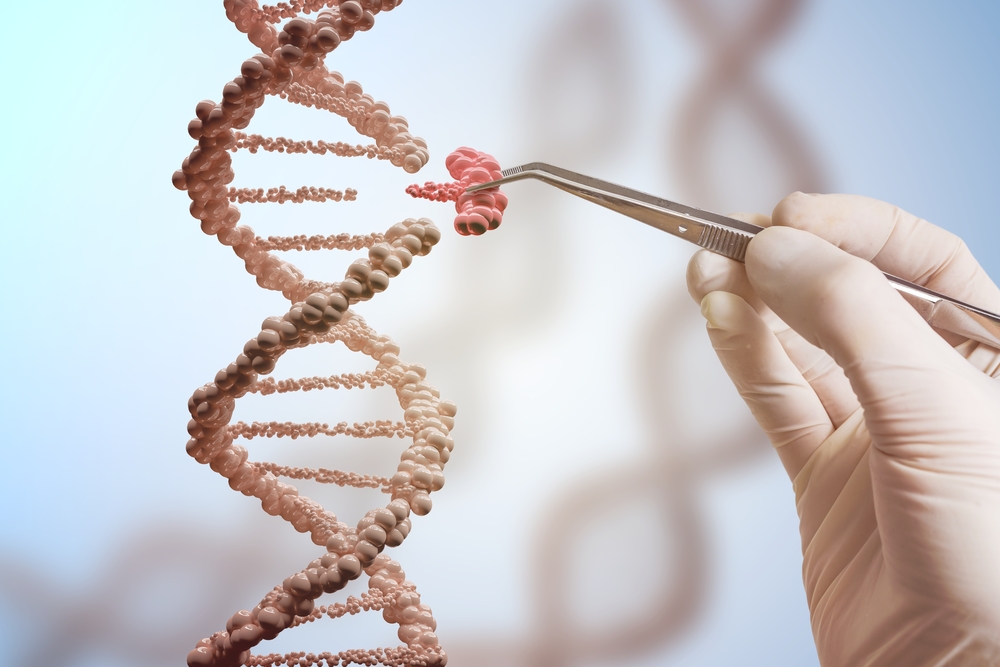#AAN2018 – Early Data Supports Golodirsen in DMD Patients Amenable to Exon 53 Skipping

A potential next-generation therapy, golodirsen (SRP-4053) facilitates and increases dystrophin production in Duchenne muscular dystrophy (DMD) patients, an interim analysis of a Phase 1/2 trial being presented at the 2018 American Academy of Neurology (AAN) Annual Meeting in Los Angeles reports.
These findings, in “Golodirsen Induces Exon Skipping Leading to Sarcolemmal Dystrophin Expression in Duchenne Muscular Dystrophy Patients With Mutations Amenable to Exon 53 Skipping,” will be part of the scientific platform session Advances in Muscular Dystrophy and Congenital Myopathy on Tuesday, April 24.
The study’s collaborators include Sarepta Therapeutics (the treatment’s developer); Institut de Myologie (France); University College London, Great Ormond Street Hospital, Royal Holloway University of London and Newcastle University (the United Kingdom) and Universitá Cattolica del Sacro Cuore (Italy).
An ongoing and first-in-human, multicenter study, the clinical trial (NCT02310906) is assessing the safety, tolerability and efficacy of golodirsen in DMD patients with a genetic mutation amenable to exon 53 skipping over a total 144 weeks or 2.7 years.
Exon skipping is a therapy that aims to restore adequate levels of dystrophin, a protein essential to the structural integrity of muscle cells during contractions. The therapy leads to the production of a partly functional dystrophin protein in DMD patients.
Golodirsen, developed based on exon skipping technology, binds to DMD protein’s sequence exon 53 and skips (excludes) this part of a patient’s genetic code.
Escalating doses of golodirsen were tested against placebo to evaluate safety for the trial’s first 12 weeks, then patients amendable to exon 53 skipping began receiving weekly treatment infusions at 30 mg/kg of weight. Treatment effectiveness in these people is being measured against an untreated group, or Duchenne patients whose disease-causing mutation is not amenable to exon 53 skipping.
In this preplanned week 48 analysis, researchers examined tissue samples — upper arm (biceps brachii) biopsies — from 25 patients collected at the trial’s beginning and again after 48 weeks of treatment.
They quantified dystrophin production and assessed if it appeared to be working as intended, i.e., skipping exon 53.
Results showed significantly increased dystrophin production — by 0.924% — in all patients at week 48, rising to 1.019% normal dystrophin levels from 0.095% at baseline or study’s start (initial biopsy).
Data also confirmed that golodirsen effectively skipped exon 53, enabling the production of functional dystrophin.
Dystrophin is normally found in the elastic layer that covers muscle fibers (sarcolemma). Biopsy analyses also allowed showed that dystrophin was being produced in this layer in the patients, and mean muscle fiber intensity had improved.
Golodirsen is the second exon skipping therapy by Sarepta to show an ability to promote greater dystrophin production in cells. The first is Exondys 51 (eteplirsen), an approved Duchenne treatment for patients amendable to exon 51 skipping.
A Phase 3 clinical trial, called ESSENCE (NCT02500381), is also evaluating golodirsen and SRP-4045’s safety and efficacy in DMD patients with a genetic mutation amenable to exon 53 or 45 skipping, respectively.






